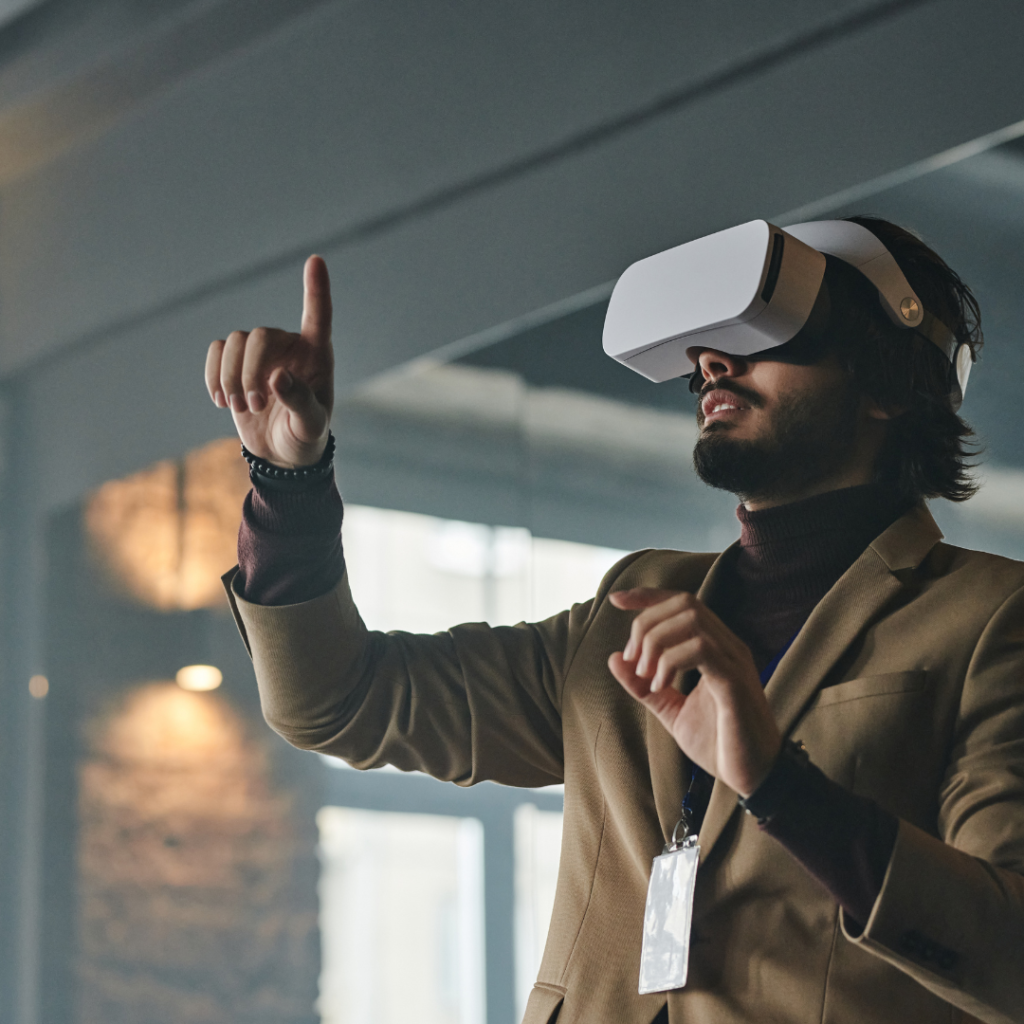Effective communication is the cornerstone of successful business relationships. For freelancers and clients alike, bridging the gap between ideas and execution often hinges on how well they can understand and convey concepts to one another. With the advent of Virtual Reality (VR), the landscape of client-freelancer communication is undergoing a revolutionary transformation.

The Rise of Virtual Reality in Professional Settings
Virtual Reality, once the realm of gaming and entertainment, has rapidly evolved into a powerful tool for various professional applications. VR technology creates immersive, three-dimensional environments that allow users to interact in real time, as if they were physically present in the same space. This innovation has opened up new possibilities for remote work, offering a solution that surpasses traditional video conferencing in terms of engagement and effectiveness.
The Benefits of VR Meetings for Freelancers and Clients
- Enhanced Visual Communication: VR meetings enable freelancers and clients to present and interact with visual data in a shared virtual space. Whether it’s reviewing design prototypes, architectural models, or complex data visualizations, VR provides a level of clarity and detail that traditional screens can’t match. Participants can manipulate objects, walk through environments, and see changes in real-time, leading to a deeper understanding of the project at hand.
- Increased Engagement and Presence: One of the significant drawbacks of remote work is the lack of physical presence, which can lead to disengagement and miscommunication. VR meetings create a sense of presence that mimics face-to-face interactions, fostering stronger connections and better communication. The immersive nature of VR helps participants stay focused and engaged, reducing the chances of misinterpretations and fostering a more collaborative atmosphere.
- Improved Collaboration and Creativity: The collaborative features of VR allow freelancers and clients to brainstorm, ideate, and solve problems together in a shared virtual space. Tools like virtual whiteboards, sticky notes, and 3D modeling software enable real-time collaboration, making it easier to iterate on ideas and come up with innovative solutions. This interactive environment can spark creativity and lead to more effective problem-solving than traditional methods.
- Time and Cost Efficiency: By eliminating the need for travel, VR meetings save both time and money for freelancers and clients. Projects that require frequent face-to-face interactions can be managed more efficiently, reducing downtime and speeding up the decision-making process. Additionally, the ability to conduct detailed walkthroughs and presentations in VR can reduce the need for multiple revisions, further streamlining project timelines.
Implementing VR Meetings: Challenges and Solutions
While the benefits of VR meetings are substantial, there are challenges to consider. The initial cost of VR equipment and the learning curve associated with new technology can be barriers to adoption. However, as VR becomes more mainstream and affordable, these challenges are gradually diminishing. Investing in VR technology can yield long-term benefits that outweigh the initial costs, especially for freelancers and clients involved in visually intensive projects.
To ensure a smooth transition to VR meetings, it’s essential to:
- Invest in User-Friendly VR Solutions: Choose VR platforms that are intuitive and offer comprehensive support and training resources.
- Prepare and Plan: Develop clear agendas and objectives for VR meetings to maximize productivity and ensure that all participants are comfortable with the technology.
- Stay Updated: Keep abreast of the latest advancements in VR technology to continually enhance the communication and collaboration experience.
Conclusion
Virtual Reality is poised to revolutionize client-freelancer communication, offering a level of engagement and interactivity that traditional methods can’t match. By embracing VR meetings, freelancers and clients can enhance their visual communication, foster stronger connections, and collaborate more effectively. As VR technology continues to evolve, its potential to transform the way we work and communicate will only grow, making it an invaluable tool for the future of remote collaboration.
